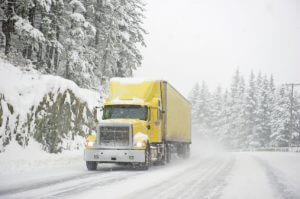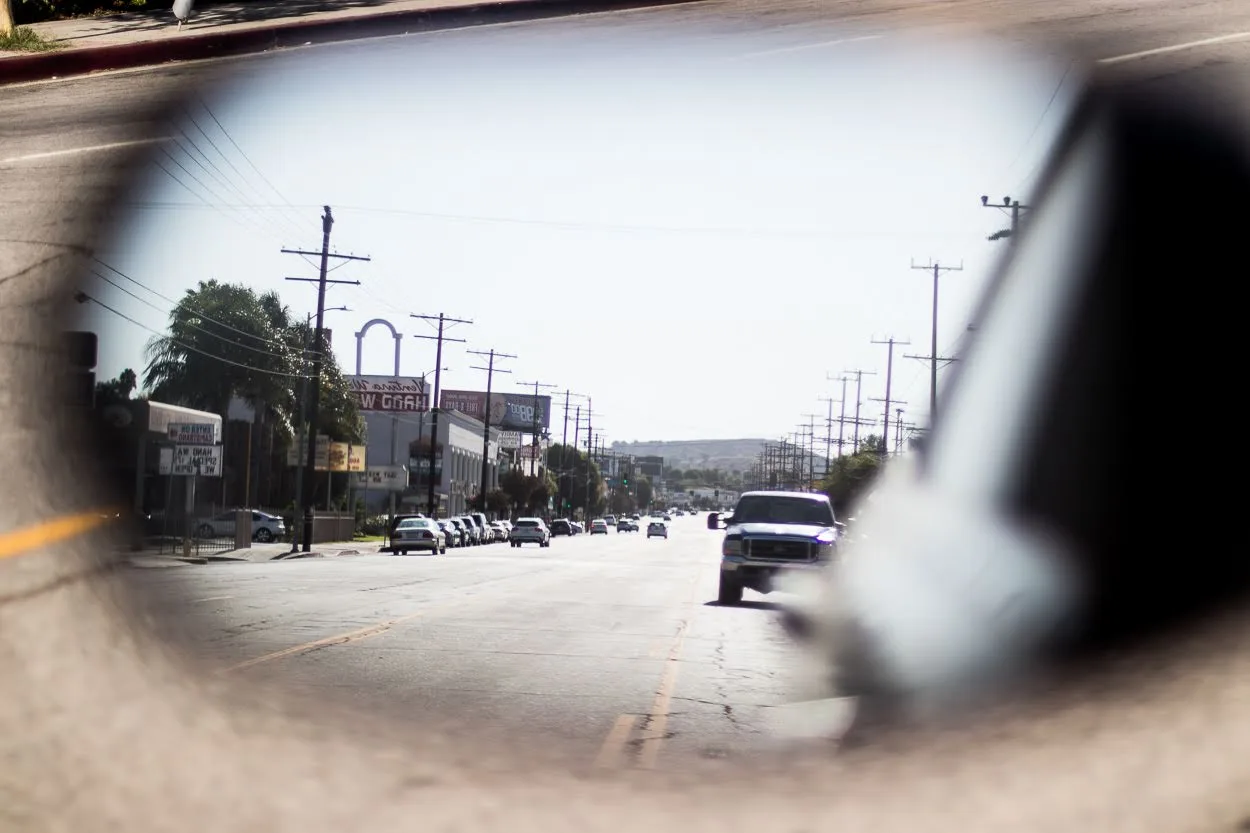Snow and ice on trucks is a big problem. It can especially be an issue for long-haul truckers who come from warm locations and who drive across the country. Truckers who are used to dealing with snow know what is expected of them, while truckers who are from warm weather locations may not be as familiar with encountering snow. The bottom line, however, is that every trucker needs to understand when a vehicle must be cleaned up and needs to take steps to get the snow and ice off the big rig in order to prevent Kansas truck accidents.
Snow and Ice Present a Risk to Truck Safety
Trucking Info reports that cold-weather states are increasingly recognizing the threat that snow and ice present on the roads. States have thus begun to pass laws mandating that snow and ice be cleared from trucks before trucks get onto the road.
One proposed bill, for example, would give law enforcement authorities the opportunity to stop trucks if the law enforcement officer believed that snow or ice accumulation on the truck posed a threat to property or persons. The language of the bill imposes an affirmative duty on the driver of any vehicle weighing 48,000 pounds or more. Drivers of such vehicles must “make all reasonable efforts to remove all accumulated ice or snow from the motor vehicle.” Drivers would be fined for snow or ice accumulations on trucks, regardless of whether it came lose. However, if snow or ice fell from a moving vehicle and hit another car or pedestrian and caused serious bodily injury, the driver could be fined up to $1,000 for each offense.
The requirement to remove snow extends to the roofs of tractor trailers, where snow is routinely left on trucks because it does not impede the visibility or the trucker or the operation of the vehicle. However, many truckers object to the requirement to make sure the tops of tractor trailers are clear because the tops are often made of thin fiberglass which cannot be walked on and which could be damaged during the snow removal process. Further, the snow removal process can be time-intensive and being forced to clear snow from the tops of tractor trailers could delay shipments.
In another state, the Traffic Operations Unit was forced to issue a press release warning of the “extreme driving hazard” that occurs when snow dislodges from moving vehicles. There is no law on the books yet there requiring that snow and ice be removed. However, a large chunk of ice fell off of a tractor-trailer and went through the windshield of a vehicle nearby, injuring the driver of an SUV, so a law could be in order to prevent future accidents like this from occurring.
Penske has stressed the importance of drivers staying current on laws related to snow and ice removal, and lists different states with current laws in place related to removal. Suggestions are also offered for effective removal, including the use of snow throwers, the use of truck washes, and a suggestion that drivers wait until the sun has begun to warm the vehicles for easier removal.





